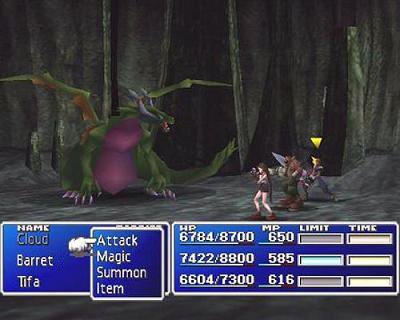9 game references that show your age
Where you stand on the generation gap may be more obvious than you think
“But wait!” we hear you say, “Aside from a few 3D offshoots, Castlevania is still nearly identical to what it was in the 8- and 16-bit eras!” Well, that’s sort of true. But also not.

Above: These are more or less the same game, right?
The bulk of newer Castlevania games are 2D side-scrollers with relatively low-fi graphics, but they’re a far cry from how the series started: as a straightforward, arcade-style, linear action game. Ignoring the rare fluke of Castlevania II: Simon’s Quest, there was none of this exploration-based “Metroidvania” stuff that’s come to define the franchise in recent years. For that matter, there was no RPG-style advancement, no persistent power-ups and certainly no areas you could go back and revisit later.
Castlevania as the old school knows it was a standard-bearer for uncomplicated twitch action right up until the release of 1997’s Symphony of the Night, which permanently changed the course of the then-11-year-old series by adding all the stuff we just said it didn’t used to have.

Above: And talking! Oh god,the talking!
So the question here is: when you think Castlevania, is your first thought of Simon Belmont awkwardly strutting from left to right and losing his awesome boomerang because you accidentally whipped the candle that hid the stupid dagger? Or is it of Alucard putting on glasses to find out that there’s a whole new upside-down castle to explore?

Above: If it’s of this, we’re sorry. So very, very sorry
Sign up to the GamesRadar+ Newsletter
Weekly digests, tales from the communities you love, and more
9. Final Fantasy
The question of which Final Fantasy is best may be less about age than it is about when you started playing RPGs, but in any case the answers seem to be pretty consistent across their respective age groups. Everyone’s got their favorite, but if you bring it down to just two – specifically the Super NES’s Final Fantasy VI and the PlayStation’s Final Fantasy VII – there’s a pretty clear generational divide. And it’s not hard to guess where each side comes down.
Older gamers, or at least gamers who were into RPGs when the SNES was still a viable platform, almost invariably side with Final Fantasy VI, a game that pushed the limits of what the console could do and squeezed its sprites for all the storytelling value they were worth.

Meanwhile, pretty much everyone else has fond recollections of Final Fantasy VII as the Best Thing Ever (regardless of the continual internet debates about whether or not it’soverrated). It’s not hard to see why it’s so beloved, either. Even discounting that it was the first game to really demonstrate that RPGs – long considered one of the ugliest genres – could be graphical as well as storytelling powerhouses, it was the first time a lot of gamers played an RPG. A lot of gamers who were, y’know, kids at the time.

I’m not saying that older gamers dislike FFVII, or that there aren’t plenty of young curmudgeons who do. Just that on the whole, the younger set has a much higher tolerance for spiky hairstyles, giant swords, Sephiroth fanart and spinoff games based around secondary characters.

Above: Man, it’s so great that resources were allocated to games like Dirge of Cerberus instead of a PS3 remake
Jul 16, 2010


Honestly, they were never that great in the first place

The mechanized friends and foes that wouldn't even make it past Apple's discerning QA testing

We examine the core games' cryptic artwork for their true meaning, plus bonus images from the spin-offs



